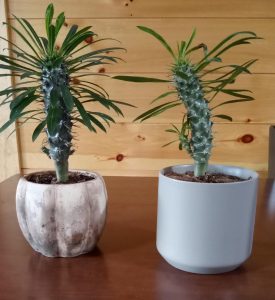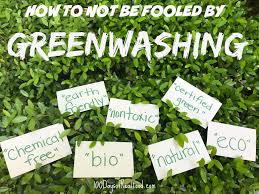
People often like taking care of plants for various reasons. Take me and my army of plants for example. They make my room more vibrant and I assume the responsibility of taking care of them. Others may have plants instead of pets. Then there are other that may say they do not have a “green thumb” or are just not cut out for having plants, but that is not true. Anyone can have a healthy plant if they do a little bit of research first and are willing to water them.
Choosing an indoor plant
When choosing an indoor plant, there are a few basic things to take into consideration:
- How much water does this plant need?
- How much sunlight does this plant need?
- What is the average temperature this plant thrives in?
- Is the plant poisonous to pets?
These are the main four components I always reference when choosing a plant. To go into more detail about each label, here is a picture to show the differences in the types of sunlight a plant needs and what I do for watering. If you feel confident about this part, feel free to skip to the next section.

Determining the amount of water
This part can be confusing as it is sometimes hard to know the exact amount of water a plant needs. It can also be difficult to always give a plant the same amount of water. I personally use ice cubes as a way to measure the amount of water I am giving to a plant. If a plant shows sign of underwatering, add another ice cube next time it is watered. If a plant shows signs of overwatering, decrease the number of ice cubes. It is important to say that a plant will not die immediately from overwatering it or underwatering as long as the amount of water is adjusted.
Signs of overwatering or underwatering
Overwatering
- Leaves will turn a yellow or whitish color and some leaves may fall off the plant. The leaves will not shrivel up before falling off.
Underwatering
- Leaves will turn a yellow or whitish color and some leaves may also fall off the plant. These leaves DO shrivel up before falling off. By shriveling up, I mean the leaves will get extremely brittle and/or they may turn brown or lose their color.

Last minute takeaways on sunlight and water
- Make sure you have the right conditions for a plant to live it. It may take trial and error.
- If a plant is not receiving enough sunlight, the leaves may also fall off the plant, so move it to a brighter place.
- If a plant is receiving too much sunlight, the leaves may turn white at the tips, so move it to a shadier place.
Types of Plants to Choose
This is the best part about having plant- getting the choose one!
Home Depot and Lowes often have a good selection of plants. They are fairly healthy and most are fairly easy to grow. I have found most ivy, bamboo, and basic ferns are easy beginner plants. For a list of other plants for beginners, check out these two websites:
- https://www.goodhousekeeping.com/home/gardening/advice/g1285/hard-to-kill-plants/
- https://bloomscape.com/green-living/9-easiest-houseplants-anyone-can-grow/
Plants to Avoid
- If you have any pets, make sure to check if the plant is pet friendly and are not poisonous to pets if ingested. From my experience, some animals (especially cats) enjoy biting leaves.
- For beginners, I recommend avoiding orchids and venus fly traps as they are often hard to keep alive.
Sources
-https://wallygro.com/blogs/feature/essential-watering-guide
-https://bloomscape.com/green-living/9-easiest-houseplants-anyone-can-grow/
-https://www.goodhousekeeping.com/home/gardening/advice/g1285/hard-to-kill-plants/
-https://www.youtube.com/watch?v=fn1qOBOiPNc

